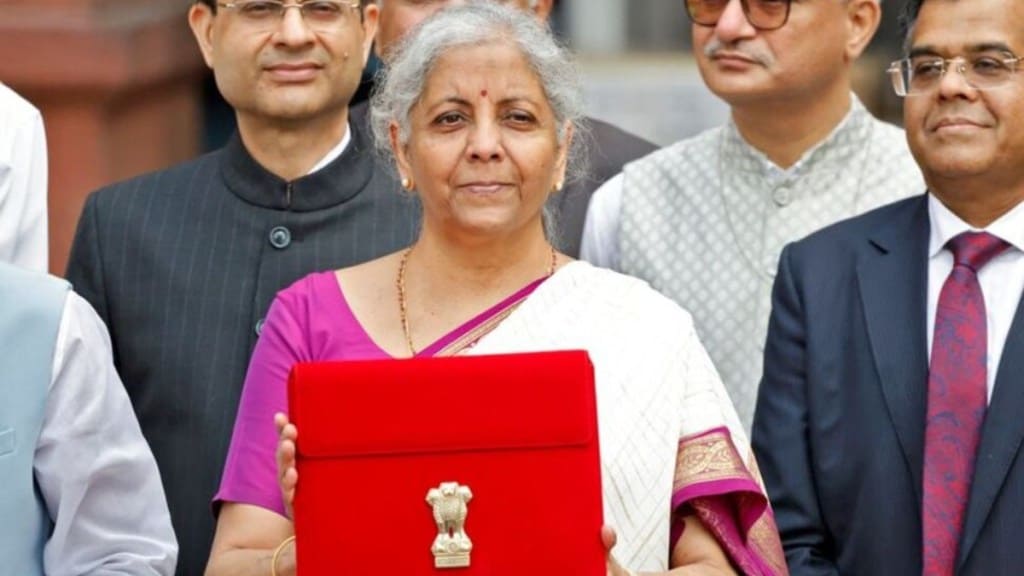By Kalyan Krishnamurthy
The Budget provides the perfect impetus towards the vision of ‘Viksit Bharat’, promising to boost India’s march on the global economic map with a skilled workforce and a superior infrastructure. It rightly builds on the momentum of the last few years and seeks to embolden government initiatives in the critical areas of employment and energy security.
Employment and skilling
With its citizens-first policy, focused on putting more money in the hands of the common man, the Budget attempts to bring both ease of living and ease of doing business, striking a fine balance between the demand and supply sides of the economy. The Budget is a bold move to enhance the skill set of India’s youth and expand their exposure to real-life business environments.
The Amritsar Kolkata Industrial Corridor, a well-thought out move that will fortify the supply chain in the region, will create economic opportunities in Bihar, Jharkhand, West Bengal, Odisha, and Andhra Pradesh. In line with its policy of increasing participation of women in the workforce, the government aims to establish working women hostels in collaboration with industry, and creches. This will enable job opportunities for many women who are unable to take up formal employment due to lack of support.
Enhanced support for MSMEs
The Budget has several provisions that seek to improve infrastructure for both manufacturing and logistics to generate business. The commitment to establish e-commerce export hubs under the PPP (public-private partnership) model will help micro, small and medium enterprises (MSMEs) and traditional artisans tap international markets. The hubs will facilitate trade and export-related services under one roof, while marketing the ‘Made in India’ brand.
The move to slash TDS (tax deducted at source) on e-commerce operators to 0.1% and decriminalising delay in payment will reduce litigation, ease compliance burden, and free up working capital for sellers.
The proposal to set up new branches by the Small Industries Development Bank of India in MSME clusters will enable easy credit to scale up. Similarly, the plan to set up 50 multi-product food irradiation units in the MSME sector as well as promoting FPOs (farmer producer organisations) and startups for vegetable supply chains will improve the supply chain while ensuring the customers get quality products.
MSMEs’ need for low-cost, easy capital access to markets has been recognised. The doubling of Mudra loans to Rs 20 lakh for some entrepreneurs will provide impetus for affordable credit to MSMEs. A credit guarantee scheme for MSMEs in the manufacturing sector will enable cheaper funds for enterprises with greater ease.
The initiative to have public sector banks build their in-house capability to assess MSMEs is laudable as it will reduce time delays in securing credit. The government’s focus on improving lives through an affordable and open-source digital public infrastructure (DPI) has been a great success.
Meeting energy and critical needs
The government’s resolve to move industries to ‘emission targets’ and promote a carbon market is notable and shows commitment to creating a greener environment. The PM Surya Ghar Muft Bijli Yojana has earned an enthusiastic response and the FM’s promise to encourage it further is praiseworthy. This will reduce the cost of power and make solar power adoption a mass movement.
The resolve to set up a critical mineral mission showcases the government’s focus on improving their availability, essential for India’s big plans in semiconductors, AI and future technologies.
(The author is CEO of Flipkart Group. Views expressed are the author’s own and not necessarily those of financialexpress.com.)

